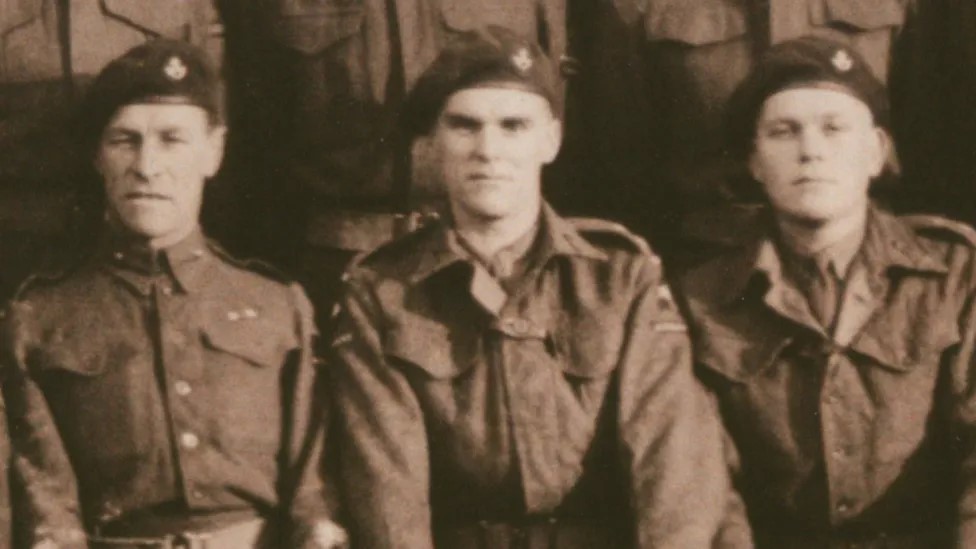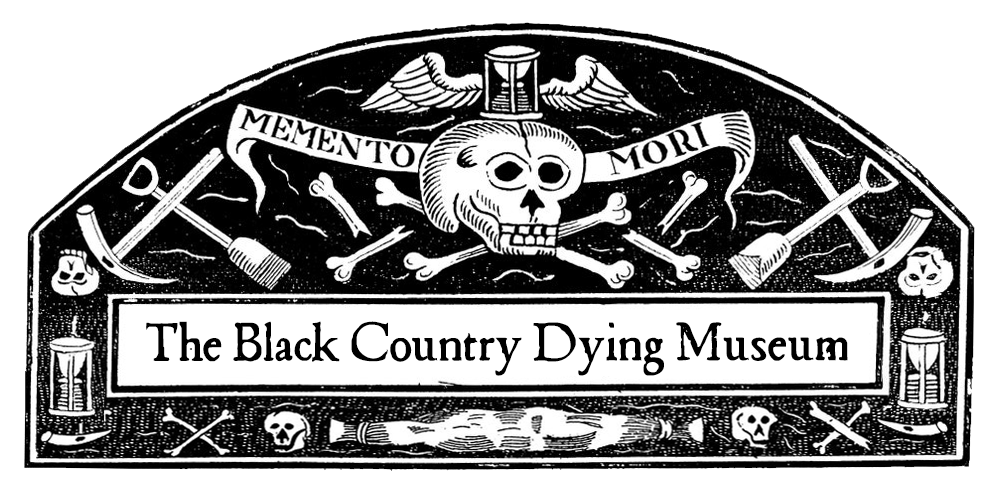We don’t usually identify Local Authority Trading Standards Officers with heroic deeds and bravery above and beyond the call of duty, but today’s blog will tell the story of the bravest ‘weights and measures’ man I’ve yet come across, whose heroic and selfless actions 80 years ago helped secure the success of the D Day landings in Normandy.

( Courtesy Margaret Brotheridge)
Herbert Denham Brotheridge was born in Smethwick, now part of Sandwell but in 1908 still part of the historic county of Staffordshire, on December 8th 1915. After studying at Smethwick Technical college, playing football for Aston Villa Colts and cricket for the Mitchells and Butler brewery team, he moved to Aylesbury to work in the Weights and Measures Department of Buckinghamshire County Council. He married in August 1940 and at the same time he volunteered for military service and joined the 2nd Battalion the Oxford and Buckinghamshire Light infantry (better known as the Ox and Bucks). In 1942 he was selected for officer training and was commissioned as a Lieutenant in July 1942. The Ox and Bucks were trained as airborne infantry – not as parachutists but as glider-borne infantry, travelling to battle in unpowered wooden gliders towed by heavy bombers.

Lieutenant Brotheridge’s unit, D Company, was selected to carry out the first action on D Day. Their target, 5 miles inland from the Normandy beaches, was a number of bridges over the river Orne and the Caen canal, vital to allow the British forces landing on the beaches to attack inland, and vital to prevent a German attack on the beaches whilst the landings were in progress.

Co-incidently, the Birmingham Railway Carriage and Wagon works in Smethwick was one of the main producers of gliders for the British Army. Did Lieutenant Brotheridge fly to France in a glider built in his home town? Chalk 91 (the code name for the first glider to land) delivered him safely to the battlefield . . . I’d like to think so!
Landing only 60 yards from the bridges at 16 minutes past midnight, Lieutenant Brotheridge led his platoon in a rapid charge over the canal bridge, quickly capturing it , killing some of the defenders, putting others to flight, and disabling the demolition charges the Germans had expected to use to deny the British use of the bridges. But just as his platoon began setting up defensive positions to await an anticipated German counter attack, Lieutenant Brotheridge was hit in the neck by a machine gun bullet. He died later that morning having never recovered consciousness.
The attack was a complete success, with only 2 men, including Lieutenant Brotheridge, killed. The other fatality, 29 year old Lance Corporal Fred Greenhalgh from Bury, was killed when the glider he was in broke in half on landing only a couple of minutes after Lieutenant Brotheridge landed.

Lieutenant Brotheridge was commended for his bravery and leadership that night, although he was not awarded a medal. His ‘mention in dispatches’ read:
Lieutenant Brotheridge’s Company was selected to take part in a coup de main assault by glider to seize the bridge over the Caen Canal at Bénouville on 6th June 1944. His glider crash landed close to strong enemy defences and some of the men were too stunned to get out quickly. Lieutenant Brotheridge, however, rallied the remainder and led them over the bridge in the face of superior numbers of enemy who were entrenched on the far bank with machine guns sited to fire on the bridge itself. Lieutenant Brotheridge showed the highest qualities of leadership and bravery and his outstanding example and dash was responsible for getting his men across and seizing the bridge intact – a vital factor in the success of the airborne plan.
Lieutenant Brotheridge’s wife, Margaret, gave birth to their daughter called Margaret, on June 26th, 19 days after her husband was killed.



Leave a comment